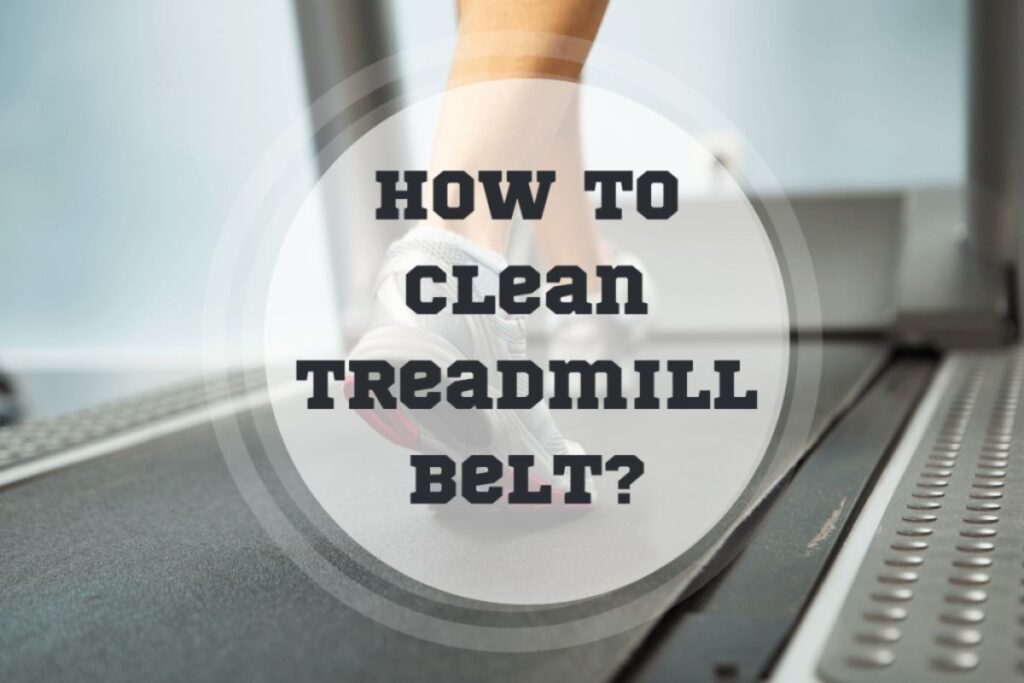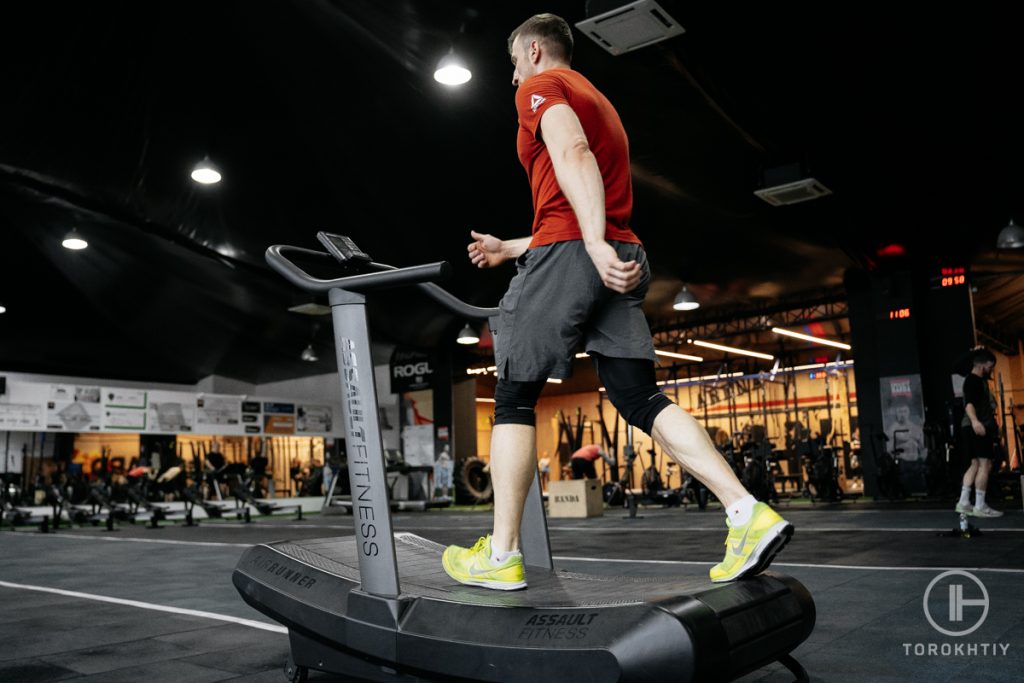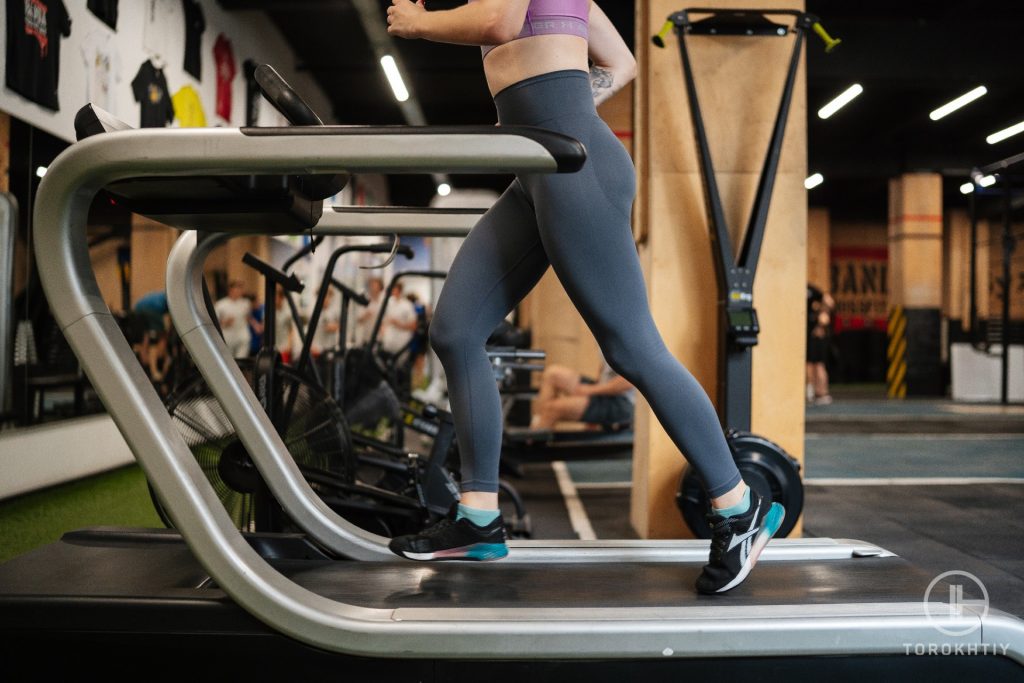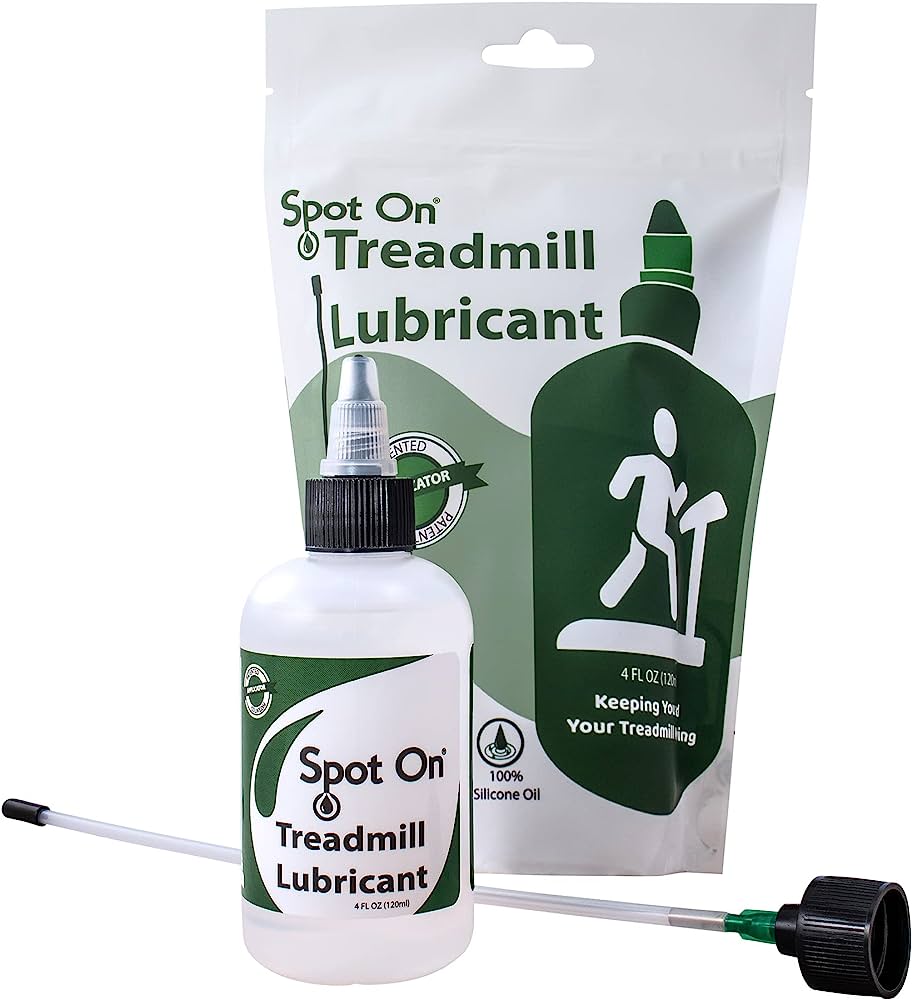101 on How to Clean Treadmill Belts
Author:
Unlock your full potential by engaging with our experts and community! Have questions about your fitness journey or looking for expert advice on weightlifting techniques? Don’t hesitate — leave a comment below and Ihor Shymechko will provide a personalized answer and insights to help you reach your goals.
Torokhtiy is reader-supported. Some links are affiliate links, and we may earn a commission at no extra cost to you. See our disclosure page for details.
This quick tutorial will teach you how to clean treadmill belts by yourself. Whether you already own or plan to get one, regular upkeep on it is essential to its longevity, as well as the safety and efficiency of your workout. The whole process isn’t complicated and takes up very little of your time.
The article will also cover tips on cleaning a treadmill more broadly, such as the frequency of doing so and the best products to use. Let’s begin with a quick rundown.
The best way to clean treadmill belts is simply to wipe them with a damp cloth after each use. Once a month, fully wipe it using a cleaning solution and apply lubricant underneath. For detailed instructions on how to clean a treadmill, refer to its user manual.

Importance Of Cleaning Treadmill Belts
Treadmills do not come cheap. For most people, they are a multi-year investment meant to improve their quality of life. However, neglecting to maintain them can impact the performance and safety of your exercise. Here’s why cleaning treadmill belts is important:
1. Extending Your Treadmill Life
Regular cleaning of your treadmill helps prevent the accumulation of dust, dirt, and debris that can lead to increased friction and wear on the belt and motor. A wipe-down after every use also removes liquid that can go inside and damage electronic parts or dissolve the necessary lubricant. This will prevent common wear and tear from regular use and prolong the treadmill’s life cycle
2. Preventing More Serious Repairs
The best way to prevent the breakdown of any machine is by intercepting it. A well-maintained treadmill belt is less likely to experience breakdowns that can be costly to repair. Not to mention that, as models get older, repair parts get more scarce, meaning some damage may be permanent and require replacing the entire machine.
3. Safety And Performance
A clean, well-oiled machine will run more smoothly, even after years of use. Treadmills that are regularly maintained have a reduced risk of mechanical failures that could lead to accidents during workouts. Moreover, well-lubricated belts minimize friction, letting the exercise flow more naturally and feel safer and more satisfying to the user.

Cleaning The Treadmill Belt Tips
Cleaning a treadmill is a crucial part of its maintenance, allowing it to run smoothly in the years to come. Luckily, it’s not as complicated as it may seem and is easy for a single person to do. Here are some basic steps on how to clean a treadmill:
1. Check The Manual
Before you start doing anything on your own, you should check the user manual for guidance. There, you should find general instructions on cleaning treadmill belts, as well as more specific tips for the model you own. For example, different-quality belts will have different recommended cleaning periods, such as how often to do a thorough cleanup and lubricate the belt. The owner’s manual also often recommends the types of cleaning products to pick up.
Equally as important, you’ll find tips on what not to do. Not all treadmills are created equally and thus don’t require the same frequency and type of cleaning. For example, some belts are fully washable, while others recommend no more than a damp cloth. High-quality treadmills have self-lubricating belts and require less-frequent cleaning, so manually adding more lubricant or cleaning it too often can actually interfere with its operation.
2. Power Off The Treadmill
Before you start cleaning a treadmill, make sure you turn it off and unplug it. You want to do this first and foremost to remove the chance of it accidentally turning on. This will prevent any sudden movement that could lead to trips, slips, or falls if you’re standing or leaning on the belt while cleaning.
Second, treadmills often have electrical components that are sensitive to water and moisture. If large amounts of liquid come into contact with active electronic parts, it may cause damage to the circuits. Turning off the treadmill puts these parts on stand-by, stopping or significantly reducing the amount of electricity running through them. In this state, even if water makes it inside, it’s often enough to just let the machine dry before the next use to avoid damage.

3. Clean The Treadmill
It’s highly recommended that you wipe down the belt and outer surface of your treadmill (handles, console, side rails) with a damp cloth after every use to remove sweat marks and debris. This shouldn’t take more than a few minutes of your time.
About once a week to every ten days, depending on the frequency of use, you’ll want to do a more thorough cleaning. Most manufacturers recommend using nothing more than a cleaning cloth and a mix of dish detergent and water. However, for more serious stains such as large amounts of sweat or drink spillage that won’t easily rub off, you may need a cleaning solution. Again, the manual should have you covered with the type of product to get. Make sure you follow the guidelines, such as acidic level (pH scale) and alcohol percentage, to avoid using products with chemicals that can damage the treadmill.
Usually, you need something basic found in any convenience store, though some manufacturers have their own treadmill belt cleaner products. Alternatively, a white vinegar and water mixture can be used as a cheap homemade cleaning solution. It has natural acids that not only break down debris and stains, making them easier to wipe off but also clean the surface of bacteria and odors. Additionally, it’s non-toxic and environmentally friendly, making it safe to touch and inhale, which is especially important if you have children or pets running around.
After you’re done cleaning, make sure to wipe down the treadmill one more time with a clean cloth to remove excess water and cleaning solution and help it dry faster. As you’re doing this, pay close attention to potential wear and tear, such as loose screws, uneven belt alignment, damage to the frame, etc. If you notice something you can take care of yourself, make sure to do it immediately to avoid forgetting about it. If it’s more serious, refer to your warranty and contact customer support.

Drying And Lubricating The Belt
Wiping down the frame and outer parts of your treadmill is a breeze. However, the belt is the part that requires the most maintenance of all. After each cleanup, it’s important to let it fully dry and lubricate before further use to ensure it will run smoothly.
1. Drying
To dry your treadmill belt after a regular day’s cleaning post-use, simply wipe it down with a dry cloth or old sponge. After more detailed cleaning, such as fully washing the belt, it’s also a good idea to hang it out to dry the same as you would a regular bathroom towel.
Do not expose the belt to direct sunlight. Most treadmill belts are made from PVC (polyvinyl chloride) or urethane. Both of these materials are a form of plastic and direct sunlight can cause it to heat up. At the very least, this could damage the material compound and break down the structure over time. But more importantly, heated-up plastic carries potential health hazards, for example, by releasing excess fumes. Inhaling these fumes can lead to feeling uneasy, respiratory issues, and even cancer.
2. Lubricating
Lubrication is arguably the most important part of maintaining your treadmill. Fresh lubricant keeps the belt running smoothly and prevents the motor from dragging along and overheating. How often lubrication is necessary should be specified by the manufacturer in the owner’s manual or warranty. Instructions usually provide recommendations based on time intervals, usage hours, or distance covered.
A good general rule to follow is every month to three months, depending on your treadmill. Treadmills that have more easily removable belts and a gap between them and the side rails may be easier to clean, but also require more frequent lubrication. On the other hand, belts that are not as easy to remove and are covered beneath the side rails have a lesser chance of accumulating dirt and debris underneath them.
To lubricate your treadmill, simply lift the belt from the side and use the lubricant dispenser. Start applying it from the center of the belt and work your way up and down back towards you, then repeat this process on the other side. Once you’ve applied the lubricant, turn on the belt to its lowest setting and let it run to spread it around. After a few turns, you can step on it and walk side to side to let it spread more evenly. When you no longer feel the drag from the new batch of lubricant, you’ll know it’s successfully applied.

Lubricant For Treadmill Belt We Recommend – Spot On 100% Silicone Treadmill Belt Lubricant
We use Spot On lubricant for our treadmills and other exercise machines. Spot On is a U.S. brand, and their products are manufactured in the U.S.A. following the latest safety and health guidelines. Their lubricant is made from 100% silicone and is completely odorless and is not derived from any toxic chemicals.
Thanks to the patented elongated application needle, you won’t need to loosen or lift the belt to reach underneath and apply the lubricant. The tubing used matches the viscosity of the silicone, ensuring a smooth flow and removing the need to constantly squeeze with your hands, thus avoiding making a mess. With simple instructions included in the package, one 4-ounce bottle can last for approximately a year of maintenance.
FAQ
Can I Wash The Treadmill Belt?
You can remove the treadmill belt and take it to your tub or use a water hose and fully shower it down with water and cleaning solution, then leave it out to dry the same way you would a towel.
However, washing the belt while it’s still attached to the treadmill should be avoided. It will lead to issues such as creating slippery surfaces on and around the treadmill, water getting stuck in the drive system and motor, washing out necessary lubricant, and even damaging electronics.
What Is The Best Way To Clean A Treadmill?
The best way to clean treadmill belts at home is just using a soft cloth and a small amount of water, possibly adding a cleaning solution for denser stains. If you do this after every training session, you will prevent the need for more serious cleaning interventions or repairs down the line.
Conclusion
You’ve reached the end of our guide on how to clean treadmill belts. In summary, a treadmill should be cleaned regularly to ensure it operates correctly and lasts a long time. That includes wiping down the machine after each use and a more thorough clean every week or so. Furthermore, the belt should be lubricated every month to three months, depending on the instructions found in the user manual.
With this information, you now know how to clean a treadmill by yourself. Do you own or are looking to purchase a treadmill in your house or gym? If so, what is the model or brand of your choice?
Let us know down in the comments and remember to follow us on social media for more valuable fitness content.
Also read:
- How to Adjust Treadmill Belt
- How Many Calories Do You Burn on a Treadmill
- Beginner Treadmill Workout
- What Muscles Does Treadmill Work
- How to Lose Weight on a Treadmill
- How to Fix a Slipping Treadmill Belt
- How to Maintain a Treadmill
- Under Desk Treadmills Guide
- Best Shoes for Walking on Treadmill
References:
- Understanding the pH Scale of Cleaning Chemicals and Why It Matters // Corvusjanitorial: https://corvusjanitorial.com/understanding-the-ph-scale-of-cleaning-chemicals-and-why-it-matters/
- White Vinegar: Ingredients, Uses and Benefits // HealthLine: https://www.healthline.com/nutrition/white-vinegar
- How to Make a Vinegar Cleaning Solution // WikiHow: https://www.wikihow.com/Make-a-Vinegar-Cleaning-Solution
- Inhaled cellulosic and plastic fibers found in human lung tissue // NCBI: https://pubmed.ncbi.nlm.nih.gov/9610792/
Why Trust Us?
With over 20 years in Olympic weightlifting, strength training, nutrition coaching, and general fitness our team does its best to provide the audience with ultimate support and meet the needs and requirements of advanced athletes and professional lifters, as well as people who strive to open new opportunities and develop their physical capabilities with us.
By trusting the recommendations of our certified experts in coaching, nutrition, and sports training programming, as well as scientific consultants, and physiotherapists, we provide you with thorough, well-considered, and scientifically proven content. All the information given in the articles concerning workout programming, separate exercises, and athletic performance, in general, is based on verified data.
The product testing process is described in more detail here.
Author: Ihor Shymechko
Pro Olympic Weightlifter, Coach
Best Results: Snatch – 208 kg,
C&J – 240 kg
Ihor has been a professional weightlifter since 1996, boasting over two decades of competition experience. His notable achievements include clinching the European Championship in 2009 and securing a silver medal in the 105kg division at the Senior World Championships in 2011. Ihor represented his country in the 2008, 2012, and 2016 Summer Olympics. After retiring from competitive weightlifting, he transitioned to coaching, leveraging his vast experience to guide athletes who now compete on both national and international stages.




Still have questions after reading our article? Unlock your full potential by engaging with our experts and community! Don’t hesitate — leave a comment below and Ihor Shymechko will provide a personalized answer and insights to help you reach your goals.